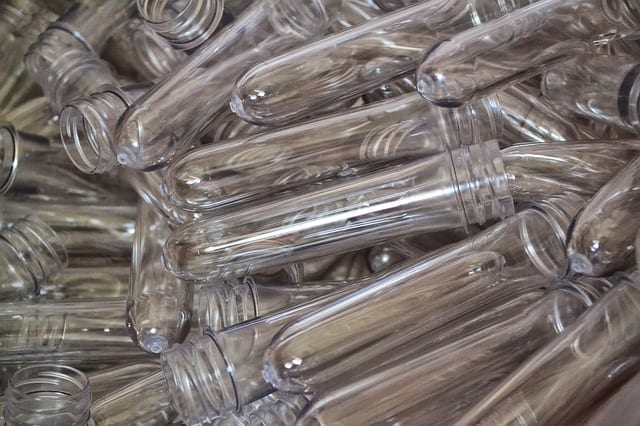Injection moulding and vacuum forming are the two most popular, and commonly used processes, in plastic manufacturing. When it comes to a plastic manufacturing process, the process needs to be quick, reliable, and efficient. In addition to this, you need to be able to rely on the process to produce consistent, quality plastic products every time. Here at Moldwel, we are proud to be a plastic moulding manufacturer based in the UK. As experts in plastic injection moulding services, we can help you decide between the two popular manufacturing processes.
Injection Moulding & Vacuum Forming: The Basics – What are they?
What is Vacuum Forming?
Vacuum forming, sometimes also referred to as Thermoforming is a process where plastic sheets are heated in automated forming equipment until soft and malleable. Once soft, it is then “formed” around a shape or mould. A vacuum source is then turned on to suck the plastic sheet to the mould shape. When the formed sheet of plastic has cooled sufficiently, the excess sheet is trimmed off to give the final, finished component.
What is Injection Moulding?
Plastic injection moulding is a far more complex, detailed process. The plastic used in this comes in a granule form which is then heated in a barrel until it becomes plasticised. This is then injected from the barrel into the injection mould tools. Once cooled, the finish component in its solid form is ejected from the tool using special ejector pins.
What are the advantages?
Advantages of Vacuum Forming
- Vacuum forming has shorter lead times on new tooling.
- Much lower tooling start up costs.
- This method has the ability to create larger plastic parts.
- Relatively low costs for smaller batch requirements.
Advantages of Plastic Injection Moulding
- A wide variety of different materials, with different mechanical properties can be used.
- Parts can be made from any colour required.
- Inserts can be used within the moulding process.
- Closer tolerances and more intricacy within the design is possible.
- Far more cost effective on large run / repeat orders.
- Very little waste / scrap is produced – this can be reground and re-used.
What are the disadvantages?
Disadvantages of Vacuum Forming
- Consistency in wall thickness / uniformity of plastic products is not always achievable.
- Limited in the detail and complexity of parts.
- This method is not cost effective on larger batch runs.
- Additional time and cost involved in the finishing process.
Disadvantages of Plastic Injection Moulding
- Higher initial start up costs because of the tooling needed.
- More skill, knowledge and experience is required.
- Initial tooling manufacture has a longer lead time.
Looking for UK plastic injection moulding manufacturers?
We are leading plastic injection moulding suppliers based in the Midlands. Our team of expert technicians can help you with any project and can guarantee you a trusted service at competitive prices. Give us a call on 01922 631252 for free expert advice on injection moulding, or visit our website today.
If you have found this blog helpful, you may wish to read our previous blog on Blow Moulding Vs. Injection Moulding.

